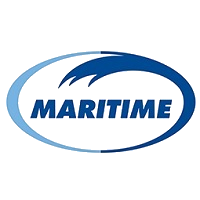
Maritime Transport Ltd
Maritime Transport is a multimodal logistics operator, offering a wide range of services to support the international supply chain, combining a modern fleet of Euro 5 and 6 trucks, a unique network of port-based and inland depots, warehousing, the know-how of a high-performing team and years of industry experience.